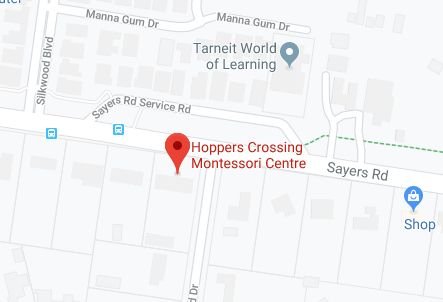Montessori Education |
Traditional Education |
| Based on helping the natural development of the human being | Based on the transfer of a national curriculum |
| Children learn at their own pace and follow their own individual interest | Children learn from a set curriculum according to a time frame that is the same for everyone |
| Children teach themselves using materials specially prepared for the purpose | Children are taught by the teacher |
| Child is an active participant in learning | Child is a passive participant in learning |
| Understanding comes through the child’s own experiences via the materials and the promotion of children’s ability to find things out for themselves | Learning is based on subjects and is limited to what is given |
| Learning is based on the fact that physical exploration and cognition are linked | Children sit at desks and learn from a whiteboard and worksheets |
| Child can work where he/she is comfortable, move around and talk at will while not disturbing others | Child is usually assigned own chair and encouraged to sit still and listen during group sessions |
| The teacher works in collaboration with the children | The class is teacher led |
| The child’s individual development brings its own reward and therefore motivation | Motivation is achieved by a system of reward and punishment |
| Environment and method encourage internal self-discipline | Teacher acts as primary enforcer of external discipline |
| Child works as long as he/she wishes on chosen project | Child generally given specific time limit for work |
| Uninterrupted work cycles | Block time, period lessons |
| Mixed age groups | Same age groups |
| Working and learning matched to the social development of the child | Working and learning without emphasis on the social development of the child |
| Shared emphasis on intellectual, social, emotional and spiritual development | Main emphasis on intellectual development |
| Shared focus on the acquisition of academic, social, practical and life skills | Main focus on academics |
Location
Book a Tour
For Parents
Contacts

